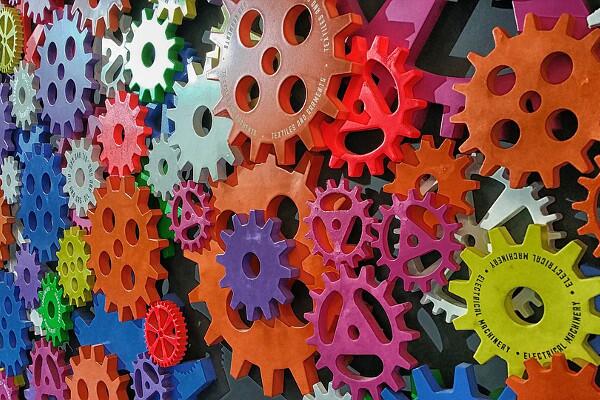The Future is Automated
Article By : Ariella Brown, Technology Writer

As the Industrial Internet revolutionizes manufacturing, the essential difference between the automation of the past and Industry 4.0 automation is scale.
As the Industrial Internet revolutionizes manufacturing, the essential difference between the automation of the past and Industry 4.0 automation is scale.
The linking of the physical and digital in the Internet of Things has enabled manufacturing’s next evolution: the Industrial Internet, or Industry 4.0. Shawn Fitzgerald, vice president of marketing at Thomas, recently shared some insights on the effects of increasing automation and sensor integration.
I asked if any particular component is key in directing Industry 4.0. Fitzgerald answered that “everything needs to work together to allow for the true potential of a fully automated facility to be unleashed” but attributed “the primary growth” to “sensor and integration technologies.”
When businesses find that their attempts at automation have merely yielded a collection of stuff that “now sits in a corner under a tarp,” Fitzgerald said, the problem usually can be traced to two primary causes:
- The vendor they hired couldn’t get the automation system to work — frequently because they chose the least expensive option.
- It took more time or money to work with the automation system than it did to produce the desired results manually because of the complexity of the requirement.
On the other hand, “many integrators are seeing growth right now by coming in and implementing the right system components and monitoring needed to perform those complex tasks, where [those elements] may not have existed previously,” Fitzgerald said.
What is Industry 4.0 revolutionizing, in terms of what’s possible? Fitzgerald said that in his view, “the real revolution will be in the widespread use [of automation], not in the possibilities.” While the possibilities for automation have been around “for years,” he said, they were generally the province of “larger businesses” that had the resources to make the “large investments” that automation entailed.
The essential difference between the automation of the past and the kind we’ll be seeing in the near future is scale, he said. “As the price drops and the capabilities of components increase to build the required automation systems, more businesses will have fully integrated manufacturing, quality, and tracking. Being able to analyze all the data and adjust the process will drive even more scalability.”
Businesses will realize the possibility of tapping into the growth opportunities enabled by automation as they use their manufacturing-cost savings “for additional investments and innovation,” Fitzgerald said. He pointed to the example of Precision Metal Industries (Pompano Beach, Fla.), where sheet metal is accepted at one end and missile containers ship out the other, “with almost no manual labor on the product.” That model of automated manufacturing “will become more prevalent in all industries.”
Of course, removing manual labor also frequently translates into removing the jobs that were reserved for that kind of labor. “This is a hot-button issue right now,” Fitzgerald said. He acknowledged that “jobs will shift and change based on automation,” but he does not foresee “the mass impact that some are predicting.” Indeed, the fact that “this year alone there will be more than 2 million manufacturing jobs that will go unfilled” speaks to the continuing “need for automation.”
Fitzgerald also believes there will be an adjustment of skill sets to fit the new jobs that arise as others are lost to automation. “The new job opportunities that come from this new technology entering the manufacturing facilities will be similar to the adjustment from manual manufacturing to CNC,” or computer numerical control of machine tools, he said. “The educational opportunities to grow with the technology will be there as well.”
The upshot for manufacturers is that machine learning and artificial intelligence will bring about “better processes and manufacturing approaches,” Fitzgerald said. Already, “in some instances neural networks have developed interesting structural designs that a human would never have invented.”
Industry 4.0 technological advancement, he predicted, will “manifest itself in process and efficiency.”
— Ariella Brown is a writer, editor and social media consultant based in New York.
Subscribe to Newsletter
Test Qr code text s ss


